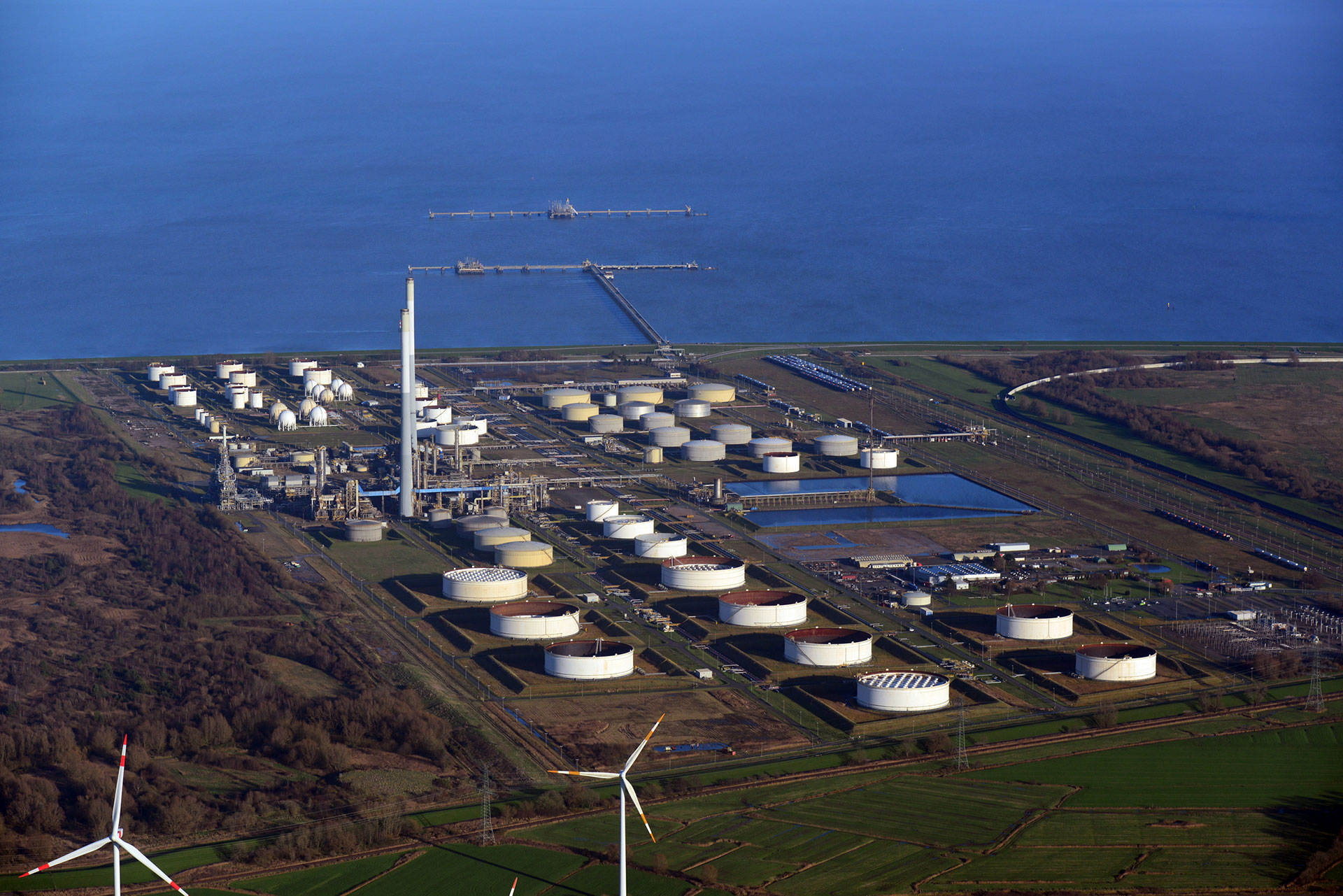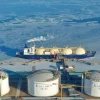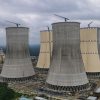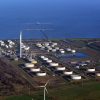Like other European countries, Germany is building more facilities to import liquefied natural gas (LNG), much of which is supplied by the United States.
Germany’s first LNG terminal in Wilhelmshaven began operating in 2022, after the start of the war in Ukraine.
To prepare this report, Stanley Reed and Melissa Eddy visited various sites in Wilhelmshaven, including the location where the country’s latest floating gas terminal connects to the national grid.
When the war in Ukraine began in 2022, Germany realized that its dependence on Russian gas had jeopardized its energy security. The country had no ports to import alternative energy sources. But now, three years later, it has four LNG terminals.
The most recent terminal began operating in late May, when a tanker named Energy Endurance docked at Wilhelmshaven and unloaded its cargo—liquefied natural gas from the U.S. Gulf Coast.
Marco Alverà, CEO of the green energy company TES, which helped build the terminal, said: “This is the icebreaker.”
Initially, his company had intended to import a cleaner fuel using renewable hydrogen to help Germany reach its goal of carbon neutrality by 2045. But after Russia cut gas exports, Germany realized that even with the expansion of wind and solar power, it still needed gas—currently about 20% of the country’s energy mix.
The Wilhelmshaven terminal is part of several similar projects across Europe aiming to reduce dependence on Russian gas. The appeal of LNG is that it can be sourced from any country (like the U.S., Qatar, or Australia) that has facilities to liquefy gas.
Since summer 2022, Europe’s LNG import capacity has increased by about 30%, with much of that growth occurring in Germany. In 2024, LNG accounted for around 40% of Europe’s gas supply—up from 20% in 2020—with nearly half of that coming from the United States.
Although Europe’s overall gas consumption is declining, LNG can meet various energy needs and be sourced from a wider range of suppliers. According to the EU’s energy regulator: “Non-Russian LNG is expected to play an increasingly important role as a flexible and geographically diversified supply source.”
TES, in partnership with the German government, built a floating LNG terminal called Excelsior that regasifies the liquid fuel. This gas is then fed into the national grid. The terminal sits on a 360-hectare plot that is planned to become a permanent, large-scale energy complex in the future.
While the ultimate goal is to switch to cleaner fuels like hydrogen, such fuels are not yet commercially available. Germany’s new government is taking a more pragmatic approach to energy supply.
The new energy minister, Katharina Reiche, has called for the construction of at least 20 gigawatts of gas-fired power plants to ensure electricity supply during periods of low wind or sun.
As a result of the war in Ukraine, Wilhelmshaven—once a relatively insignificant port—has now become a key energy hub. The construction of LNG terminals has created around 1,600 jobs and brought economic growth to the region.
Carsten Poppinga from Uniper, a German energy company, says LNG terminals act as “resilience factors” and help reduce dependency on geopolitical risks.






